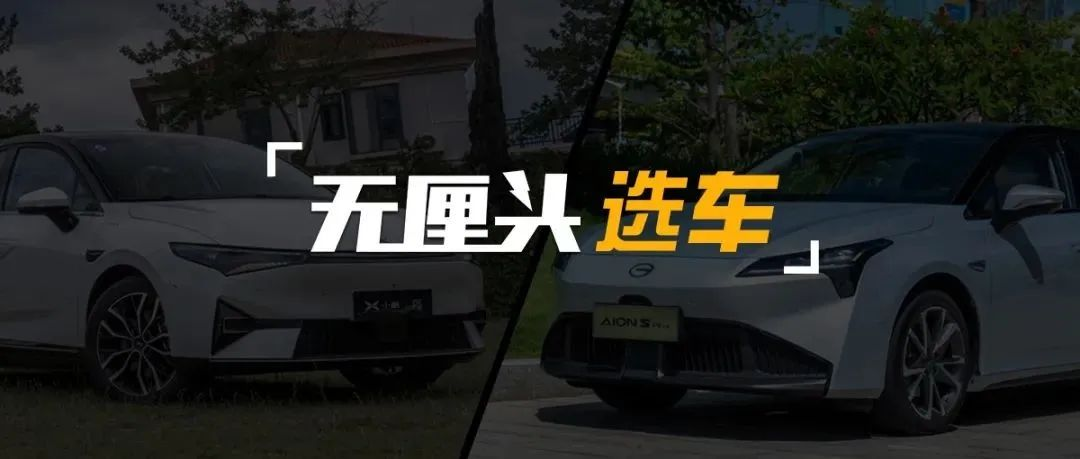Author: Master
Hello everyone, I am the teacher of automotive public relations, honored and admired by fans, the most whimsical teacher in the automotive evaluation industry.
From the monthly sales data, it can be seen that the sales of compact cars with stronger household attributes and more emphasis on economy always rank first, and the competition in this market has always been the fiercest. The same conclusion applies to new energy vehicles.
When I test drove the XPeng P5 last time, I have been thinking about whether it has direct competitive models. Based on the comprehensive analysis of the positioning, size, price, configuration and other performance of the vehicle, the Guangqi Aion S Plus, which just went on the market not long ago, is the closest competitor.
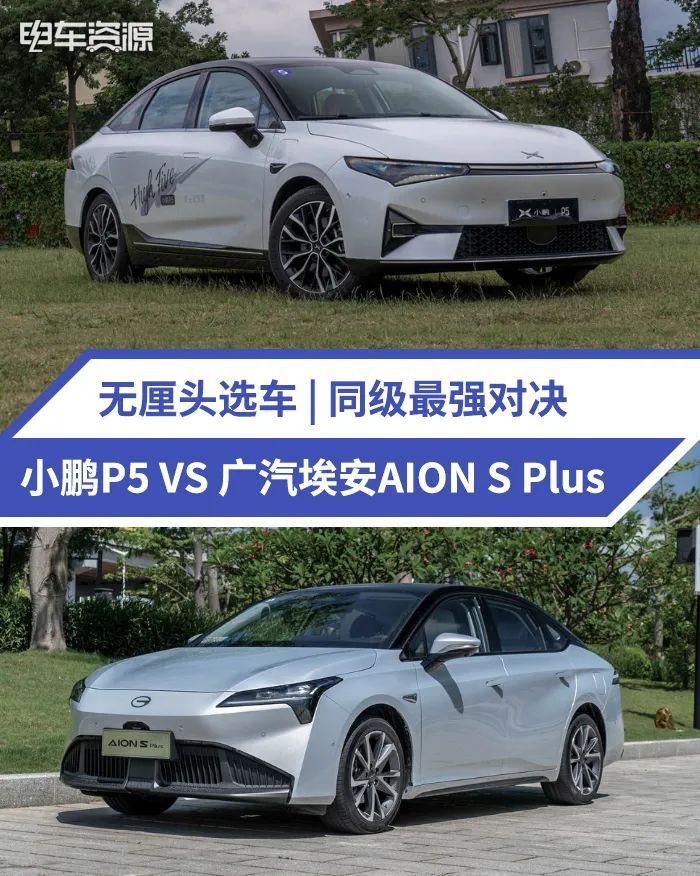
P5 is the third model launched by XPeng Auto, positioned as a compact pure electric sedan with a price range of 157,900-223,900 yuan. Aion S Plus of Guangqi Aion can be regarded as an upgraded version of the previous Aion S, with a price range of 139,600-172,600 yuan. In this comparison, we selected XPeng P5 460E (177,900 yuan) and Guangqi Aion S Plus 80 Technology Edition (172,600 yuan), which have a relatively close price.
Exterior comparison: Rounded and concise VS futuristic and dynamic
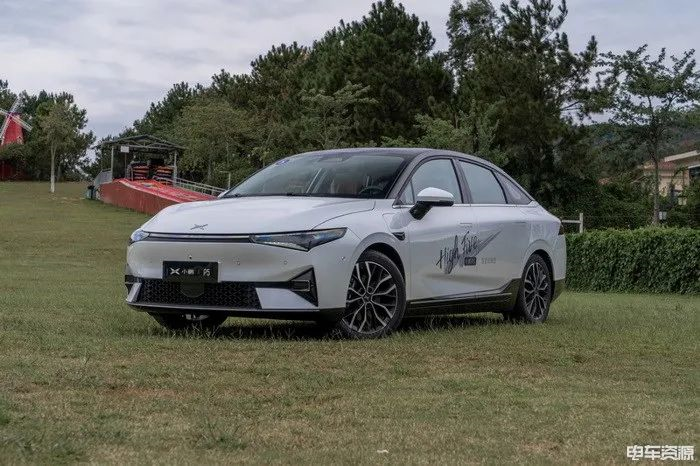
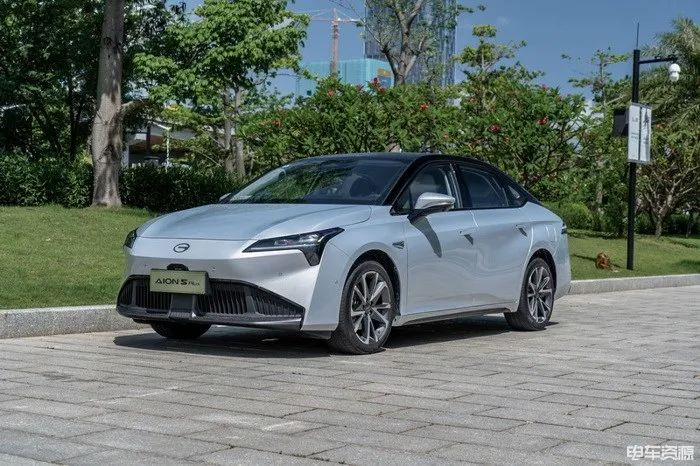
To some extent, XPeng P5 abandons the sporty and futuristic body shape of P7, and the rounded and concise design has fewer complex lines, making it more approachable overall. The style of Aion S Plus is completely different, with a “mech warrior-like” shape and sharp lines, which is very sharp and dynamic.
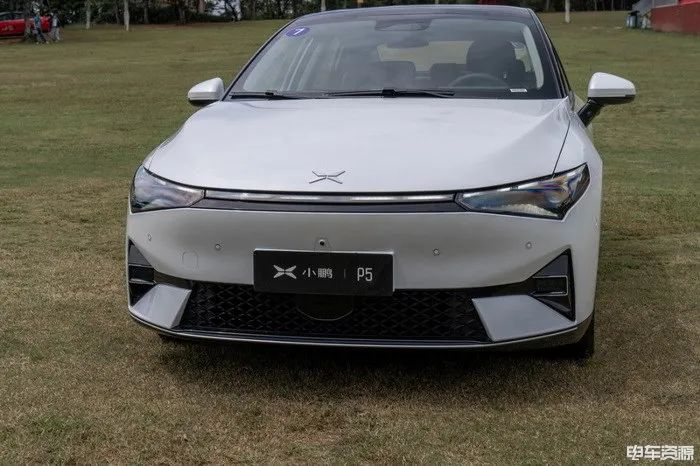
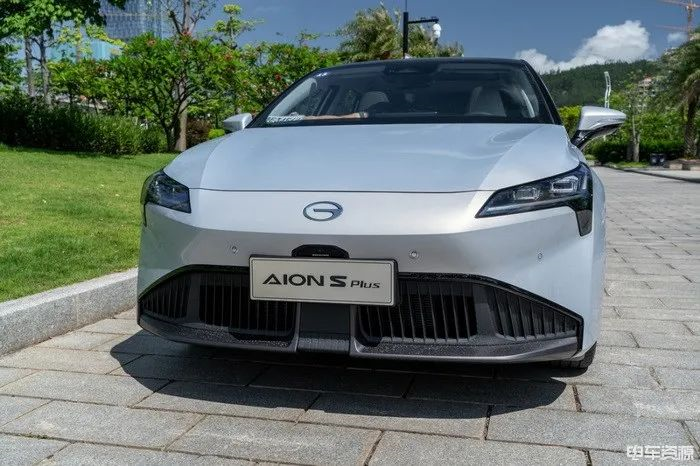
Both cars use full LED light sources. XPeng P5 is equipped with a through-type LED light strip, and also supports the smart light language function full of technology sense. Aion S Plus is relatively more traditional, still adhering to the idea of a mature car company. However, it is equipped with an active intake grille, which reduces the wind resistance coefficient to only 0.211, which is a top level.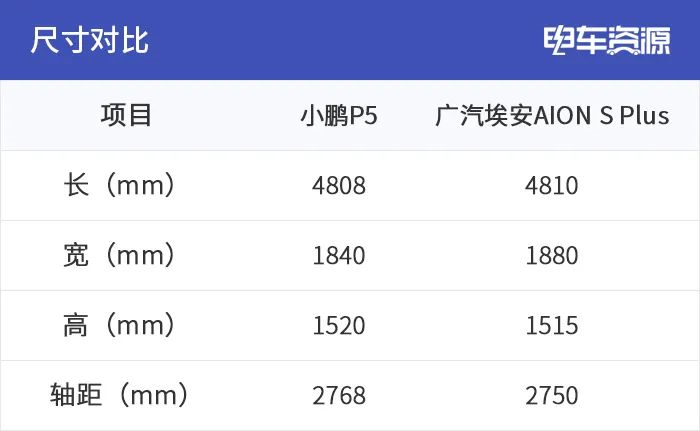
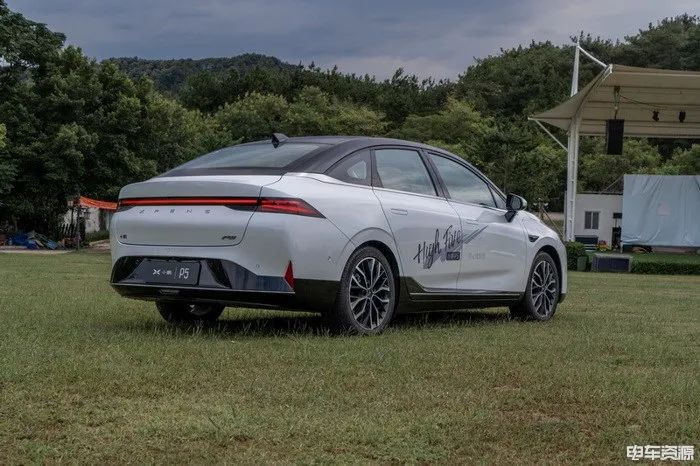
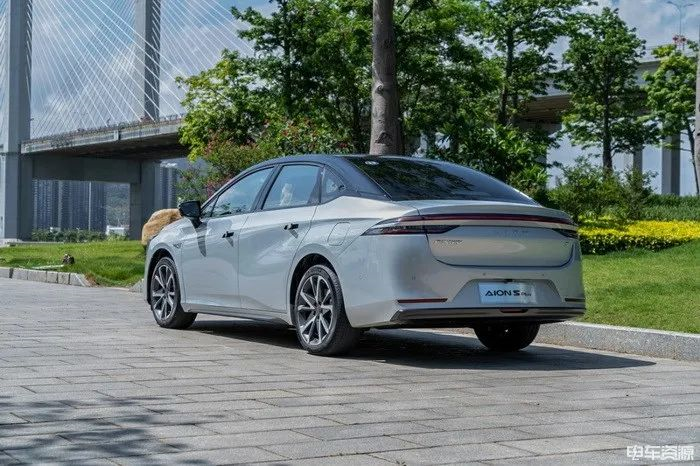
The size of the two cars is very close, and the large-curved roof extends as much as possible towards the rear of the car. They both incorporate popular design elements such as hidden door handles, black roofs, and continuous taillights. However, because the XPeng P5 adopts black paint around the bottom of the car, the visual center is compressed in the middle of the car, making the overall body look more slender, while the AION S Plus tends to be thicker and heavier.
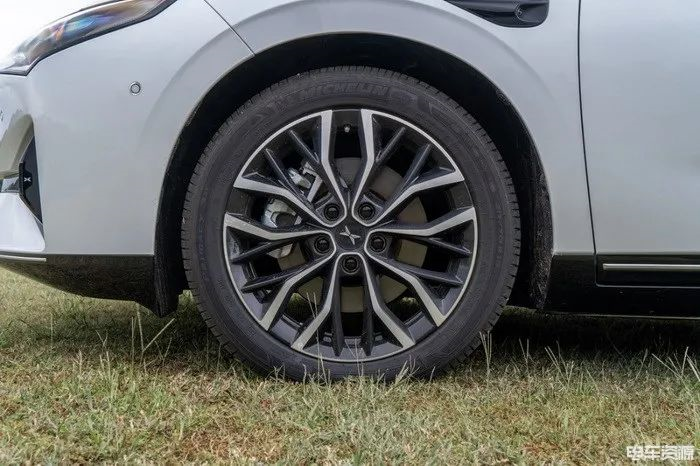
The XPeng P5 comes with 17-inch wheels as standard, matched with 215/55 R17 Bridgestone ECOPIA EP300 tires (18-inch wheels and 215/50 R18 Michelin Honkook 3st tires were optional in the picture, priced at 3000 yuan).
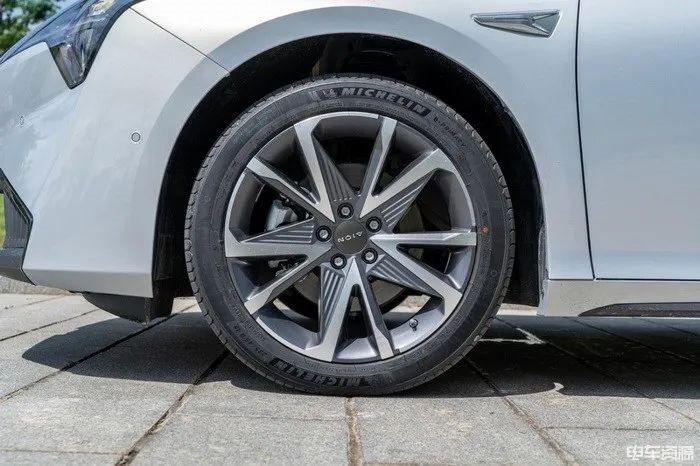
The AION S Plus Technology Edition comes with 18-inch wheels as standard, matched with Michelin e·Ling Yue series 235/45 R18 tires, which has slightly higher specifications overall.
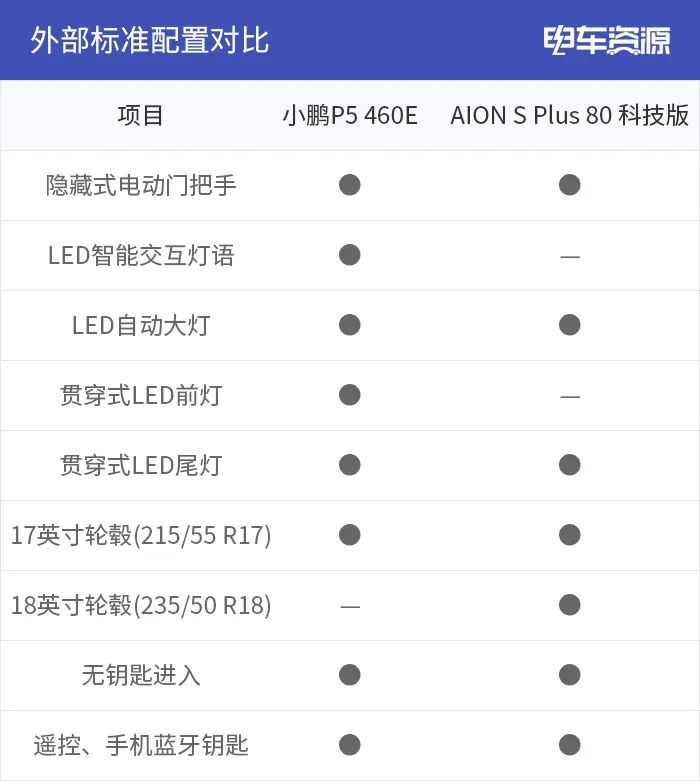
Intelligent Cockpit Comparison: New Generation Experience VS Traditional Luxury
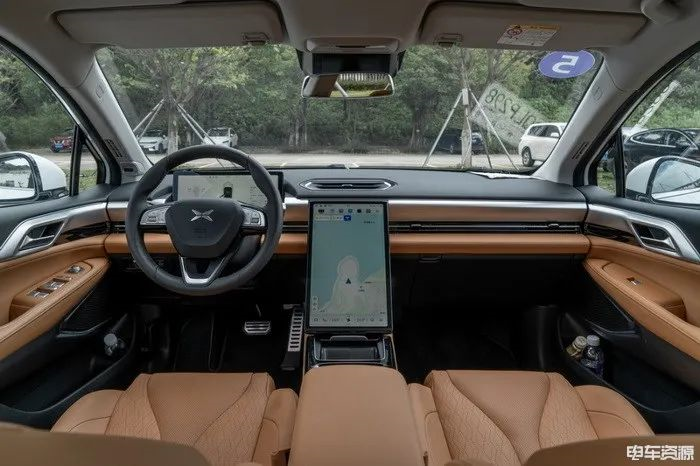
The interior comparison reflects the collision of the new generation’s simple and streamlined style with the traditional luxury design style. The XPeng P5 uses very sleek and clean straight lines, and creates rich layers through different interior materials and color schemes. The overall design of the AION S Plus is still closer to traditional luxury car models, and a flat-bottomed steering wheel has been added to enhance the sporty feel.
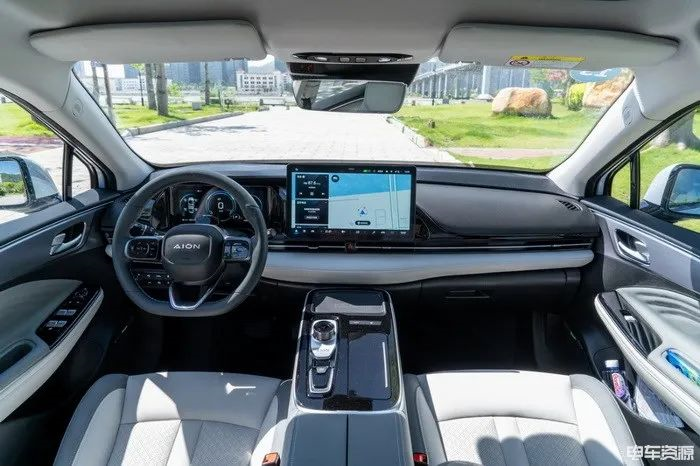 The materials used in both cars are good. From the door panel to the upper half of the entire central console, they are made of soft plastic. The steering wheel and the lower half are also wrapped in large areas of leather. AION S Plus adds a suede material to the door panel, while the small Xpeng P5 is equipped with a more delicate NAPPA perforated leather steering wheel throughout the range.
The materials used in both cars are good. From the door panel to the upper half of the entire central console, they are made of soft plastic. The steering wheel and the lower half are also wrapped in large areas of leather. AION S Plus adds a suede material to the door panel, while the small Xpeng P5 is equipped with a more delicate NAPPA perforated leather steering wheel throughout the range.
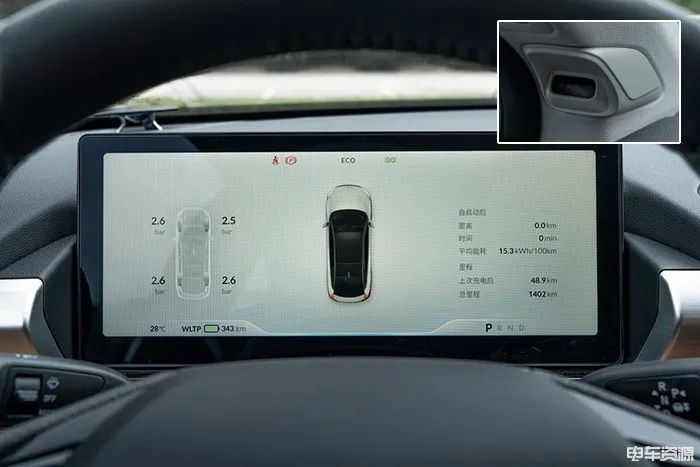
The instrument screen of the Xpeng P5 is 12.3 inches, and the UI design is very simple, with only two background themes, day and night, making it easy to see at a glance. And the facial recognition camera is designed at the bottom of the A-pillar, and is basically not noticeable when driving.
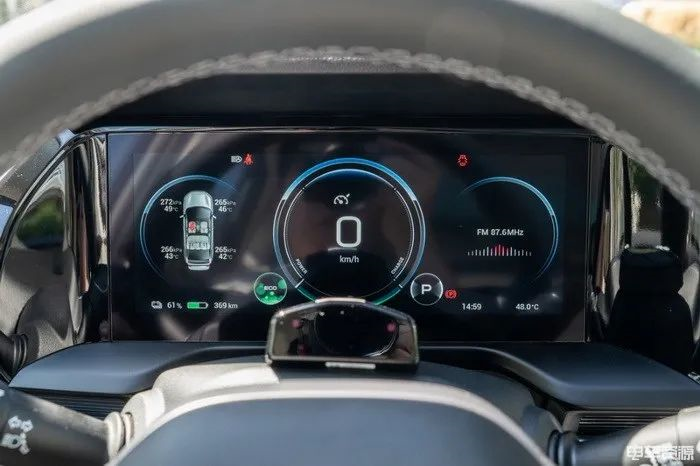
The instrument screen of the AION S Plus is slightly smaller, at 10.25 inches, but the displayed information is also equally rich, and there are three different main themes to adjust. However, the facial recognition camera designed on the steering column has a stronger presence and may be slightly obstructed.
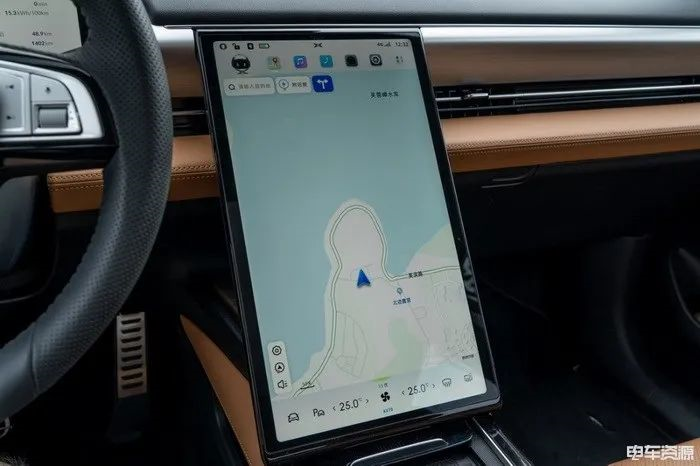
In terms of the car infotainment system, Xpeng P5 is absolutely a strong contender. The vertically arranged 15.6-inch large screen has a very narrow border, and the entire range is equipped with the third-generation Qualcomm Snapdragon flagship digital cockpit platform (SA8155P chip), with 12G of operating memory and 128G of storage space. Its rich functions, software expandability, system fluency, ease of use, and all-scenario intelligent voice recognition and accuracy are all top-notch, both from a software and hardware perspective.
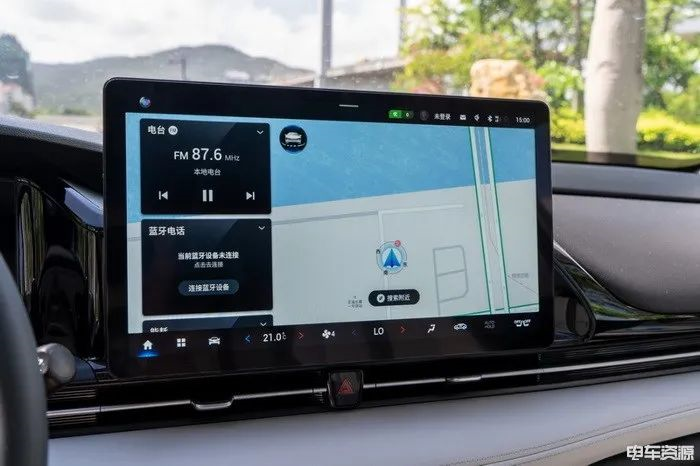
The central screen of AION S Plus is 14.6 inches, and the official chip used has not been disclosed. Based on actual experience, its performance is also good. Basic navigation and music software are easy to use and it also supports up to 120 seconds of continuous conversation, which is already ahead of many Chinese brands and new energy vehicles from other new forces. But compared to the Xpeng P5, there is still a gap in the richness of the software, the overall functionality of the voice system, and fluency, not because it is too weak, but because the P5 is too strong.
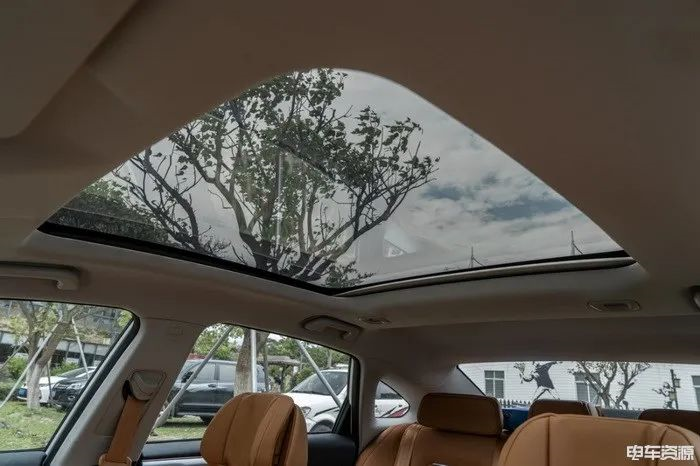 The XPeng P5 is equipped with a panoramic sunroof with an electric sunshade, but the area is not too large, only 1.493 square meters.
The XPeng P5 is equipped with a panoramic sunroof with an electric sunshade, but the area is not too large, only 1.493 square meters.
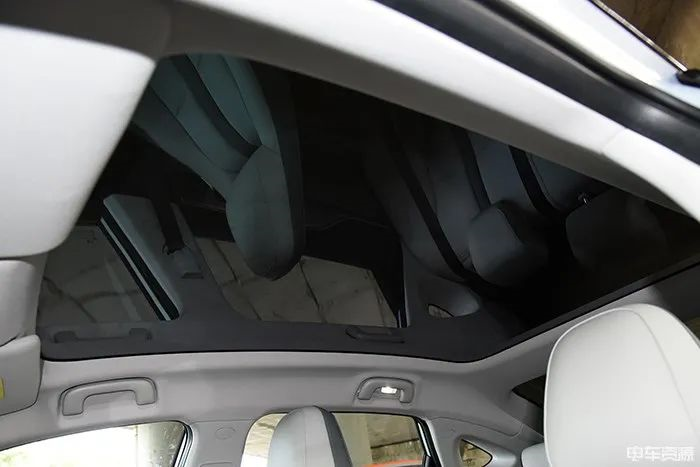
The AION S Plus’s panoramic sunroof reaches an astonishing 1.9 square meters, extending all the way to the head of the rear passengers, but it does not have a sunshade. Although it is equipped with double-layer laminated Low-e insulation glass, it still feels uncomfortable to be exposed to direct sunlight during the day. In this case, you can only choose to install the EC electrically variable color roof, which costs 9,600 yuan.
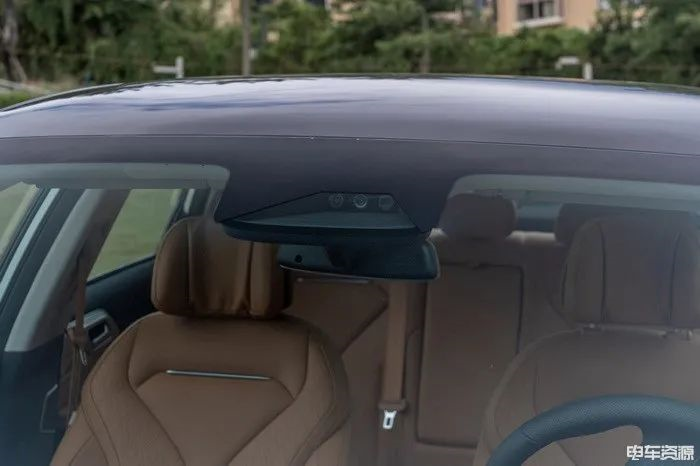
In terms of advanced driving assistance systems, the XPeng P5 460E already comes standard with 5 high-precision millimeter-wave radars, 12 ultrasonic sensors, 4 panoramic cameras, 9 high-sensitivity cameras, and an NVIDIA Xavier computing platform. It can achieve basic XPILOT 2.5 advanced driving assistance functions, including LCC (lane keeping + full-speed range ACC adaptive cruise control), automatic parking, active braking, and automatic lane changing with turn signals.
In addition, without the need to modify hardware, you can simply enable the XPILOT 3.0 software upgrade service in the mall (price of 36,000 yuan, with a limited-time discount of 20,000 yuan before delivery). This can provide high-speed and urban expressway NGP functions and VPA parking lot memory parking based on high-precision maps.
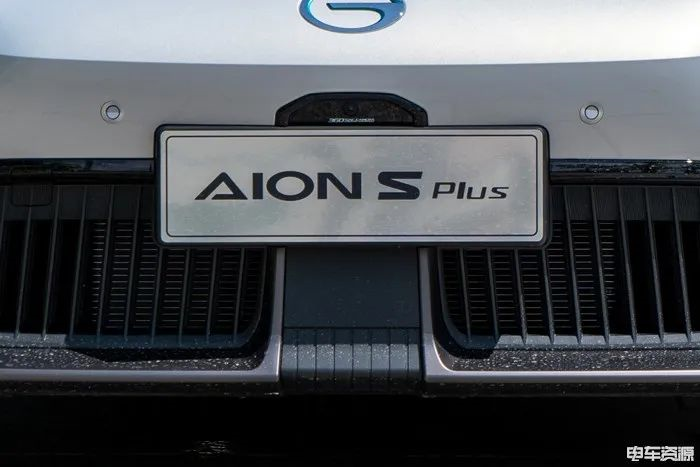
The AION S Plus 80 Technology Edition comes standard with the ADiGO 2.0 intelligent driving assistance system, with hardware including 1 front-facing monocular camera, 1 millimeter-wave radar, 4 high-definition panoramic cameras, and 3 rear ultrasonic radars. It can achieve basic LCC (lane keeping + full-speed range ACC adaptive cruise control), automatic high/low beam headlights, etc., but longer-term lane keeping, blind spot monitoring, automatic parking, automatic lane changing with turn signals, and 12 ultrasonic radars all need to be selected as options. These options are respectively: Long-Distance Memory Parking (19,800 yuan), One-Click Remote Parking (including 12 ultrasonic radars, 12,400 yuan), and the ADiGO 2.5 intelligent driving assistance system (12,600 yuan).
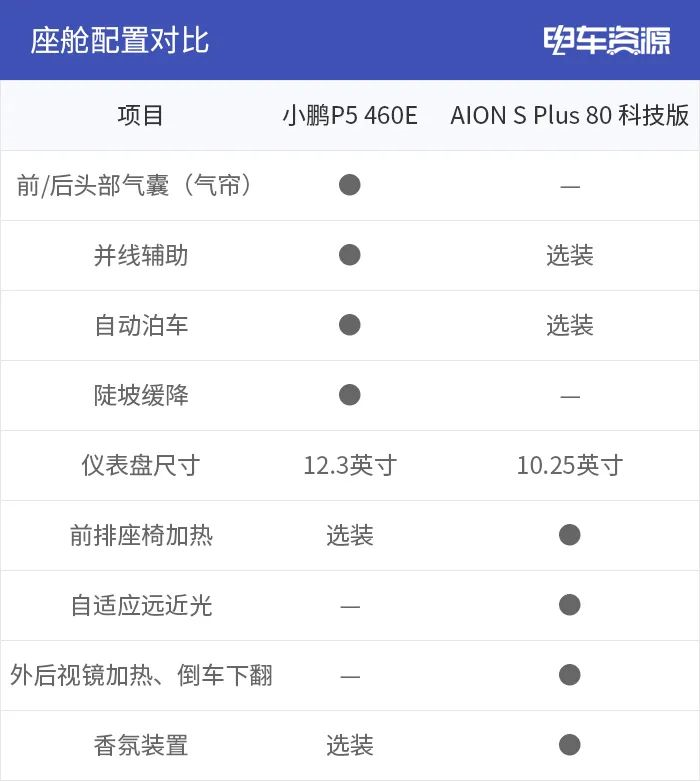
Space and comfort: both are outstanding.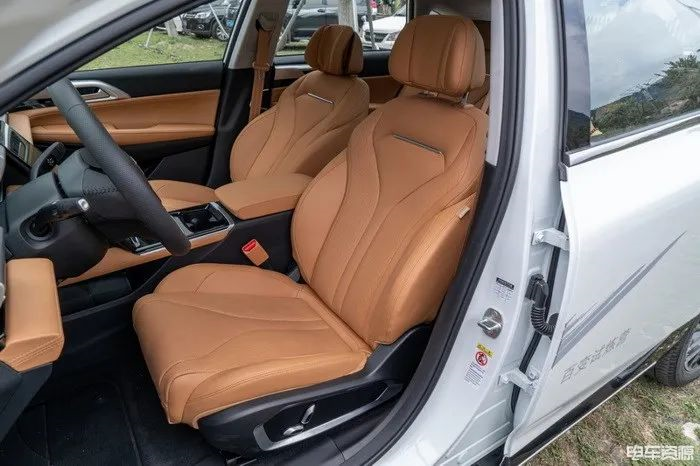
The standard version of the XPeng P5 comes with leather seats, and the driver’s seat supports 6-way electric adjustment and has seat memory. Before October 31st, paying a deposit of 5000 yuan (refundable) directly gifts an intelligent sleep package worth 12,000 yuan, which includes NAPPA leather seats, independent aviation sleep headrests for the driver and front passenger, a front passenger boss key, and heated and ventilated seats for the driver and front passenger (cushions), as well as a fragrance system, an up-down subwoofer located in the center console, and the sleep kit.
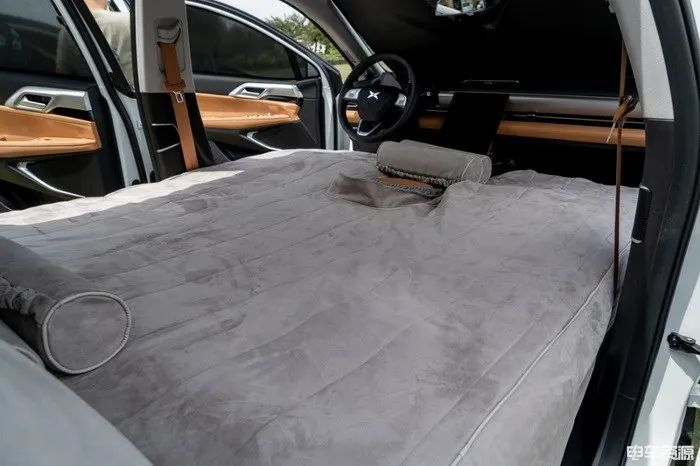
The sleep kit includes two sets of Air cloud sensing pillows and blankets, an Air cloud sensing fast charging mattress and bed sheet set (one single and one double), and four Air memory cylinder pillows. Removing the headrest of the front seat allows the seat to be folded down and connected to the rear seat with one click. Spend a few minutes to inflate the air bed, and the XPeng P5 instantly turns into a camping car.
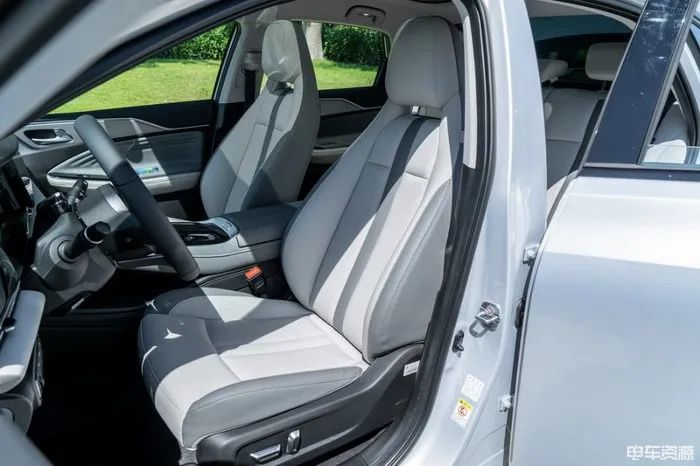
The AION S Plus 80 Technology version also comes with leather seats with 6-way electric adjustment, seat memory and seat heating. Its filling is not as thick as the XPeng P5, but it is actually softer to sit on, while the XPeng P5 is more moderate overall.
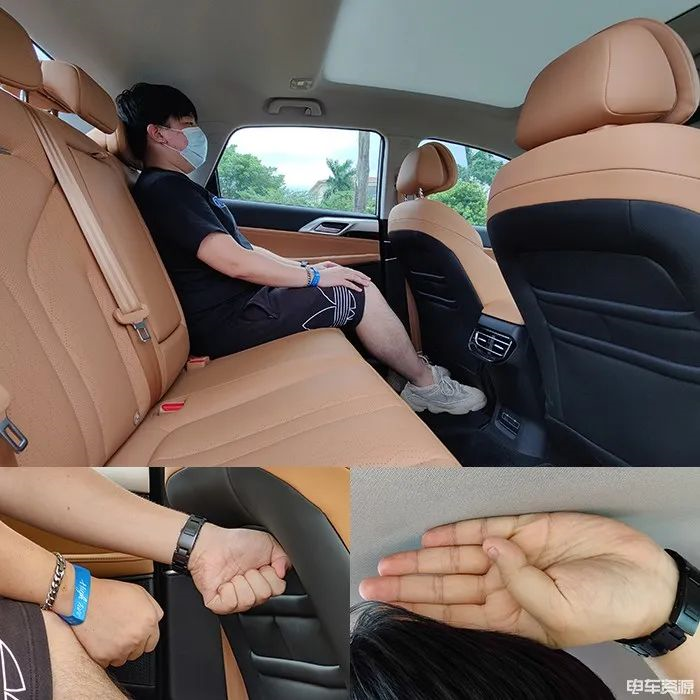
I am 174 cm tall. After adjusting the front seat to the lowest and appropriate driving position, the rear seat of XPeng P5 still has a considerable amount of space. The recline angle of the backrest and the upward tilt angle of the cushion are very suitable, but the length of the rear seat cushion of the P5 is average and cannot fully support the thighs, possibly to make room for the flattened front seats.
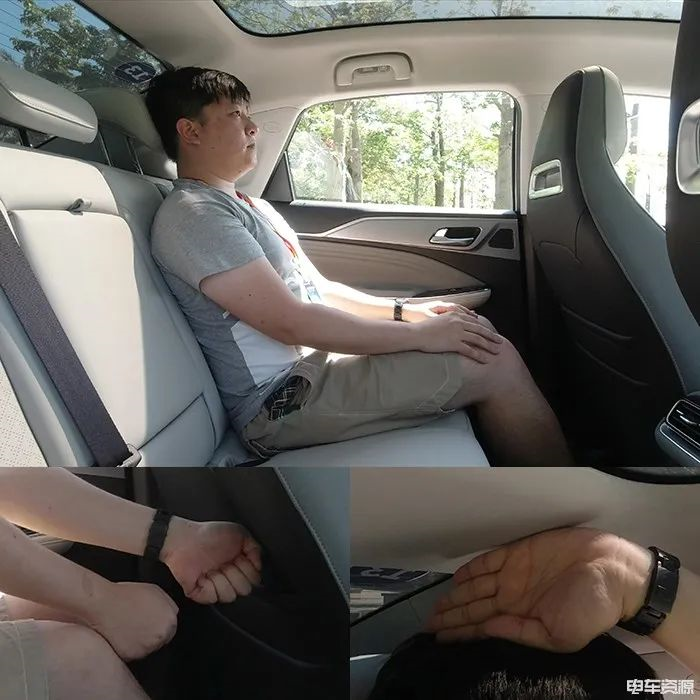
The legroom space of the rear seat of the AION S Plus is slightly smaller than that of the XPeng P5, and the headroom space is the same. The recline angle, cushion length and angle are all relatively suitable. Both cars have nearly flat central bumps, and they are both outstanding in terms of space utilization, with almost nothing to criticize.
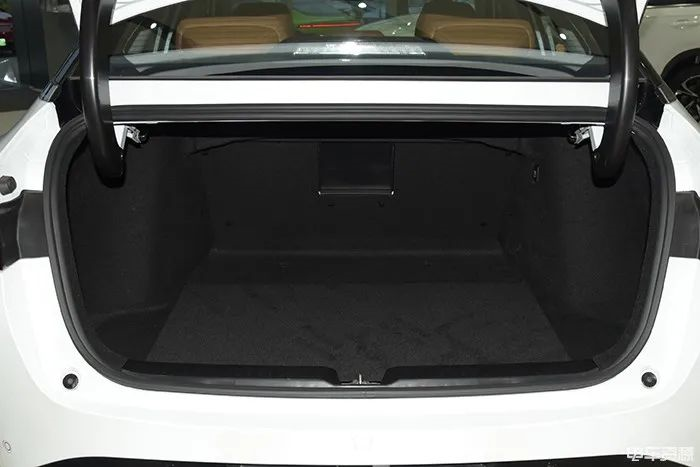
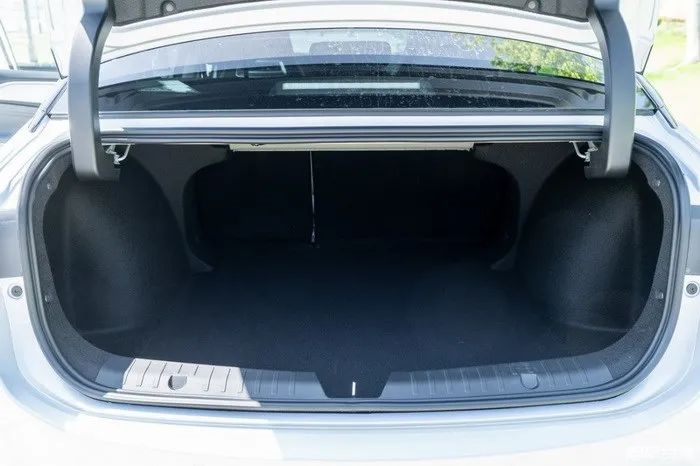
The trunk space of the two cars is very close, with the small Xpeng P5 at 450L and the AION S Plus at 453L. The Xpeng P5 does not support folding seats. If the rear refrigerator is installed, the volume will be reduced to 390L, while the AION S Plus supports 4/6 split folding.
Driving comparison: the Xpeng P5 is relatively balanced
The Xpeng P5 is equipped with a motor with a power of 155 kW and a torque of 310 N·m, and the official 100 km acceleration time is 7.5 seconds. The AION S Plus 80 Tech Edition is equipped with a motor with a power of 165 kW and a torque of 350 N·m, and the official 100 km acceleration time is 6.8 seconds.
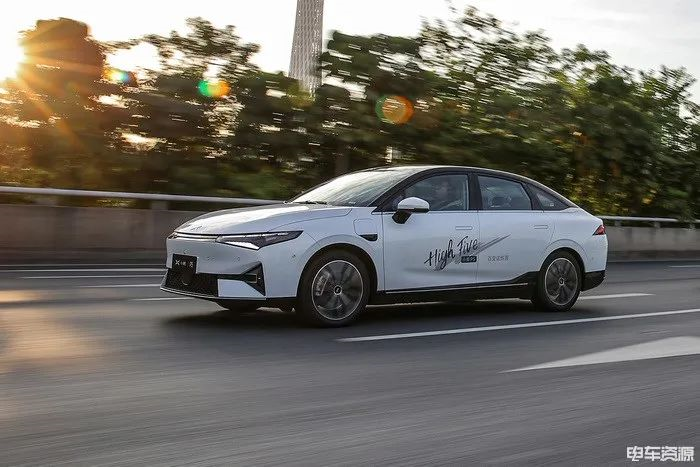
Although the AION S Plus has slightly stronger power and a more sporty appearance, its tuning is actually more biased towards comfort. Not only is the seat itself soft enough, but the suspension performance is also the same.
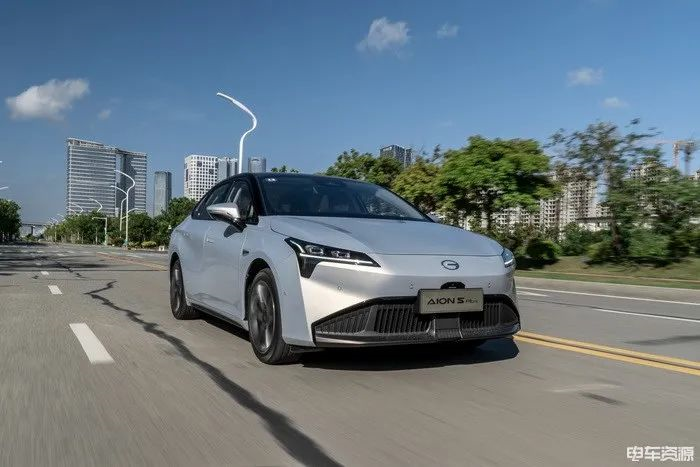
The AION S Plus uses a front MacPherson, rear torsion beam suspension, which can be said to be completely comfort-oriented. The virtual position of the steering wheel is relatively obvious, and most of the subtle road feel is cut off. When facing large bumps on the road, the remaining shock of the rear suspension is relatively more. The body roll is also more obvious when turning, and overall it feels a bit like “driving a boat.”
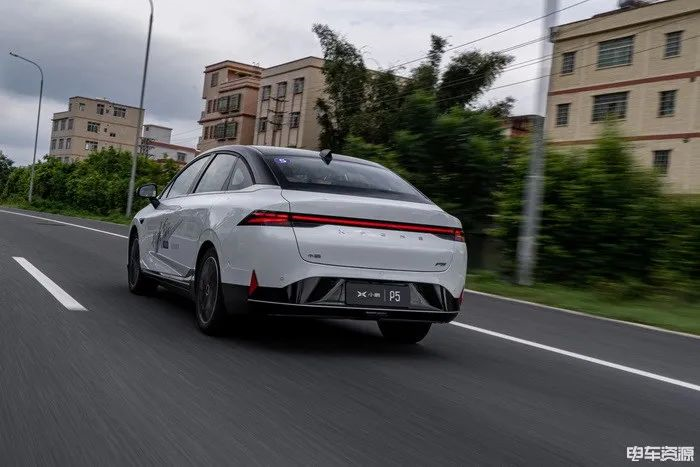
The chassis structure of the Xpeng P5 is exactly the same, although it is also biased towards comfort, but overall it is not as extreme as the AION S Plus, and the virtual position of the steering wheel and the body roll during turning are slightly smaller.
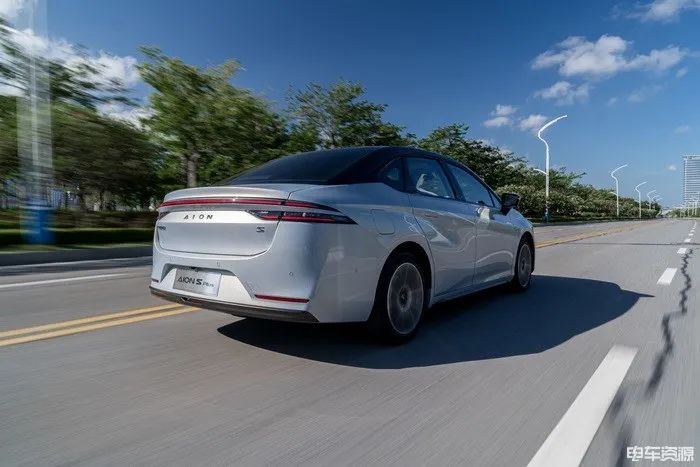
However, in terms of endurance level, the AION S Plus 80 Tech Edition has an absolute advantage, equipped with a 69.9 kWh ternary lithium battery, and the NEDC endurance reaches 602 km. The Xpeng P5 460E version is equipped with a 55.9 kWh lithium iron phosphate battery with a NEDC endurance of 460 km.
ConclusionFrom the comparisons above, although the two cars share many similarities in terms of price, positioning, space, and seating, there are also significant differences in performance.
If you prioritize longer battery life and more comfortable seating over intelligent cockpits and driving aids, then AION S Plus 80 Technology Edition is the perfect choice for you. However, if you are looking for richer intelligent configurations, more powerful driving aids, and more entertaining use cases, then the XPeng P5 460E version is already sufficient to meet your needs. And if you have a sufficient budget and want to experience the most advanced driving aids currently available, I strongly recommend going directly to the 550P version with a lidar.
This article is a translation by ChatGPT of a Chinese report from 42HOW. If you have any questions about it, please email bd@42how.com.
